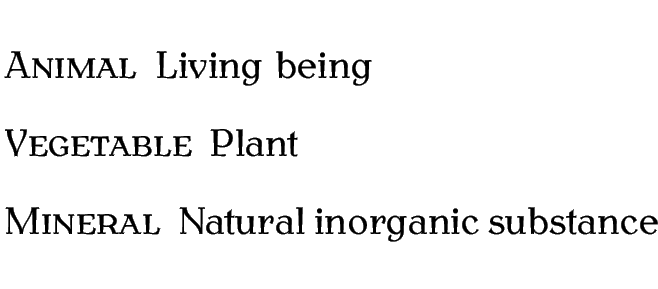4.4.3 Description Environment
The description environment has the same format as
the itemize environment described in
§4.4.1. Unordered Lists, only this time you need to
specify a marker as an optional argument to
the \item command, since there is no default marker
for this environment. The marker may be a textual label, and most
classes will typeset it in bold. The KOMA-Script classes, such as
scrartcl, default to a bold sans-serif font, as illustrated
in this next example:
The KOMA-Script classes provide a way of changing the font style in
the description label markers. (The font changing commands
\normalfont and \scshape will be covered in
§4.5. Fonts, and the KOMA-Script command
\addtokomafont in §5.3. Chapters, Sections, Subsections ....)
It is possible to nest all the listing environments, as long as you don't exceed four itemize and four enumerate environments. The description environment has no restriction on the number of times it can be nested. However, just because you can do something, doesn't mean you should. In general it's best to avoid an excessively complicated block of text in your document.
Example (Assorted Nesting):
This example uses each of the listing environments described above.
\begin{description}
\item[Animal] Living being
\begin{itemize}
\item Mammals
\item Birds
\item Reptiles. For example:
\begin{enumerate}
\item dinosaurs
\item crocodiles
\end{enumerate}
\end{itemize}
\item[Vegetable] Plant
\begin{itemize}
\item Cultivated. For example:
\begin{enumerate}
\item Carrots
\item Broccoli
\item Potatoes
\end{enumerate}
\item Wild
\end{itemize}
\item[Mineral] Natural inorganic substance
\end{description}
Exercise 5: Lists
Try writing the source code that will create the output shown below.
You can download or view the answer if you can't work out how to do it.
This book is also available as A4 PDF or 12.8cm x 9.6cm PDF or paperback (ISBN 978-1-909440-00-5).




